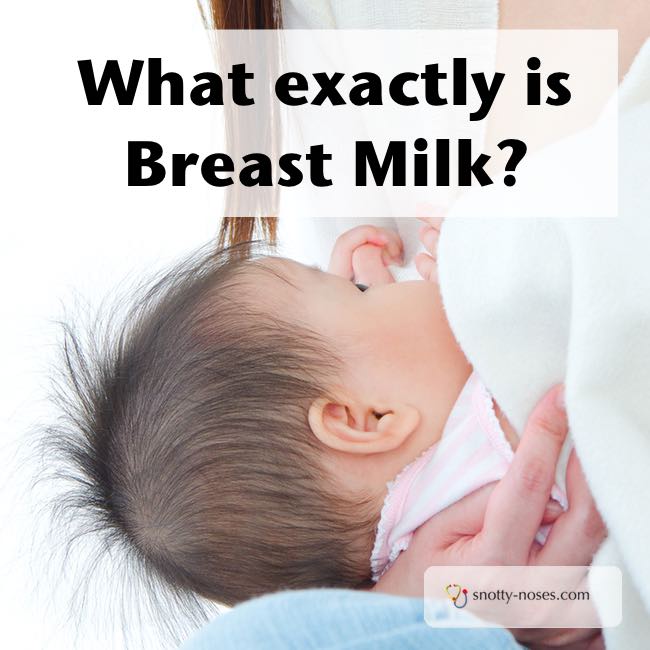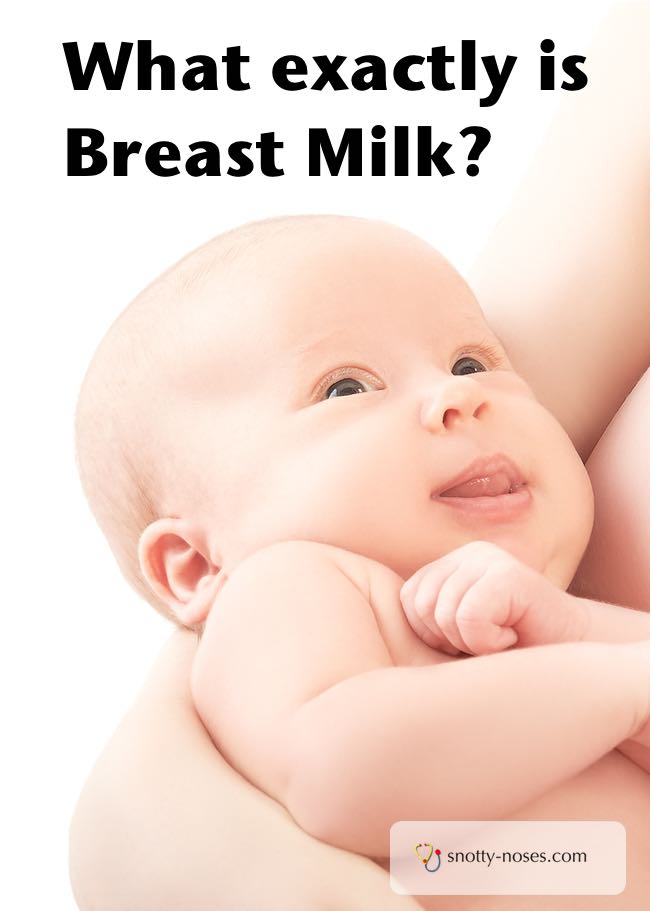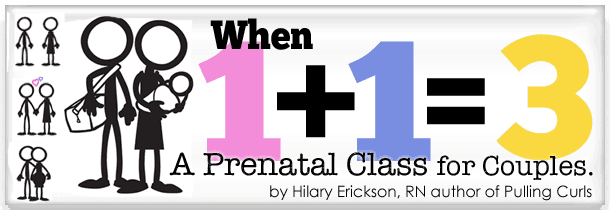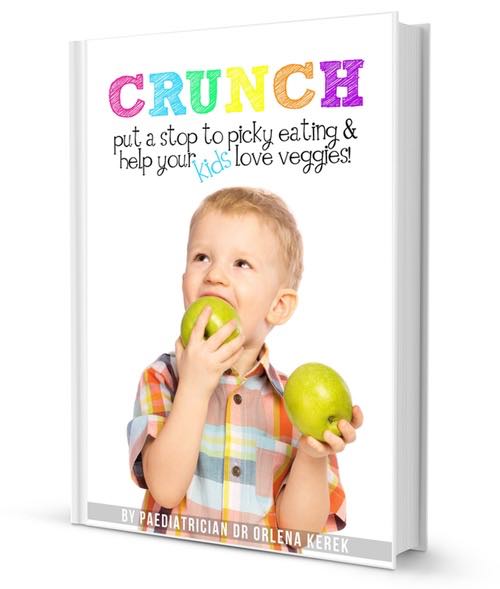Breast Feeding Milk
Breastfeeding is an amazing way to give your baby all the nutrients that it needs. Do you know breast milk is made up of? The World Health Organisation (WHO) says that breast milk will meet all your baby’s nutritional requirements for the first 6 months of life. It is made up of different ingredients: fat, carbohydrates, proteins, minerals and water. The milk also contains immunoglobulins that help your baby fight illness and enzymes that help your baby digest it. It is a bespoke milk for human infants as opposed to formula which is made from cows milk bespoke for baby cows (although formula is modified to make it more similar to breast milk.)

Colostrum
Colostrum is also known as 'liquid gold’.
In the first few days of your baby’s life, your breasts will produce a substance called ‘colostrum’ which is a really thick yellowy substance that is rich in vitamins, white blood cells and antibodies. It is particularly important for your baby’s immunity at this early stage. It contains vitamin A (colouring it yellow) which helps protect your baby’s eyes. It is only produced in very small quantities (about 40-50 ml on the first day) but is all that your baby needs in the first few days of life.
This is an affiliate link to Hilary's Pre Natal Class. If you are pregnant, pop over and check it out.
Transitional and Full Milk
After a few days, you produce more breast milk
After a few days your breast milk will ‘come in’ that is you will start to produce larger amounts of milk called ‘transitional milk’ After about 2 weeks you will be producing ‘full’ milk.
How does Breast Milk change during a feed?
During a feed, the composition of the milk changes, it starts quite watery and is known as ‘fore-milk’. Fore-milk is thirst quenching. As the feed progressing the fat content increases, this milk is known as ‘hind-milk’ and contains more calories.
What else does Breast Milk contain?
Breast milk contains certain fats (long-chain polyunsaturated fatty acids called docosahexaenoic acid and arachidonic acid, also known as omega 3 and 6) that are important for the baby’s brain development. These fats are not available in most formulas although they are added to some.
Breast Milk Contains
• Fat
• Carbohydrates
• Proteins
• Minerals
• Water
• Antibodies
• Vitamin A (good for eyes)
•Fats that are good for your baby’s brain development
This Page contains affiliate links.




 Feeding Toddlers.
Feeding Toddlers. Would you like your kids to eat more healthily? Check out the book!
Would you like your kids to eat more healthily? Check out the book!